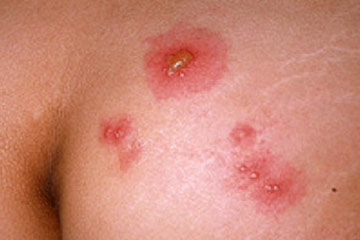How often is assisted reproductive technology (ART) successful?
Assisted reproductive technology success rates vary and depend on many factors, including:
- The clinic performing the procedure
- The infertility diagnosis
- The age of the woman undergoing the procedure.
This last factor—the woman’s age—is especially important.
According to the CDC’s 2011 Preliminary ART Success Rates, the average percentage of fresh, nondonor assisted reproductive technology (ART) cycles that led to a live birth were:
- 40% in women younger than 35 years of age.
- 32% in women aged 35–37 years.
- 22% in women aged 38–40 years.
- 12% in women aged 41–42 years.
- 5% in women aged 43–44 years.
- 1% in women aged 44 years and older.
Success rates also vary from clinic to clinic and with different infertility diagnoses.
Assisted reproductive technology (ART) can be expensive and time-consuming, but it has allowed many couples to have children that otherwise would not have been conceived.
Complication of Assisted reproductive technology
The most common complication of Assisted reproductive technology (ART) is a multiple fetus pregnancy. This is a problem that can be prevented or minimized by limiting the number of embryos that are transferred back to the uterus. For example, transfer of a single embryo, rather than multiple embryos, greatly reduces the chances of a multiple fetus pregnancy and its risks such as preterm birth.






